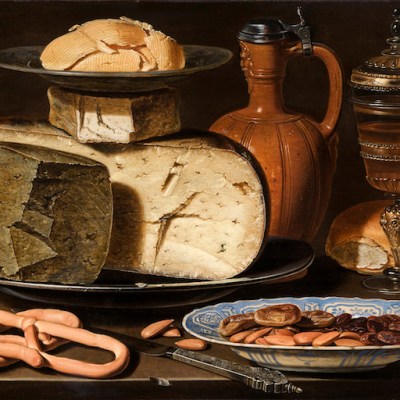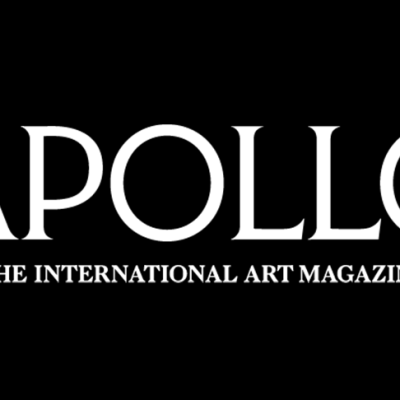New York gears up for May madness | The opening of TEFAF New York Spring next week kicks off a bumper month for the art market in the Big Apple. Focusing on modern and contemporary art and design, the inaugural edition of the fair features 92 dealers exhibition at the Park Avenue Armory from 4–8 May. Frieze New York opens a day later, offering more contemporary art on Randall’s Island Park (5–7 May), as well as 20th-century art and, at the Entwistle stand, tribal art alongside post-war Japanese paintings. Meanwhile, the first Asia Week New York contemporary runs from 2 May–10 May and Spring/Break Art Show opens its first edition at City Point in Brooklyn on 6 May (until 14 May).
Untitled (1982), Jean Michel Basquiat. Image courtesy Sotheby’s New York

Visitors won’t have long to catch their breath before the modern and contemporary auctions get under way. Sotheby’s has secured its star lot at the 11th hour – a major work by Jean Michel Basquiat. Untitled (1982) comes from a ‘distinguished private collection’, thought to be that of Emily and Jerry Spiegel, and is reported to be guaranteed at $65m. Meanwhile Christie’s will offer Constantin Brancusi’s La Muse Endormie, which comes to auction for the first time. One of six bronze heads cast by 1913 and one of only two left in private hands, it is valued at $20m–$30m.
Art fair shake-ups in Germany | The winds of change are blowing through Germany’s art fair scene as the country’s oldest fair, Art Cologne, takes place (until 29 April). The grande dame of the country’s fair calendar, now in its 51st year, opened this week amid reports that it is to expand to Berlin, with a new fair in September that will replace Art Berlin Contemporary (ABC), whose organisers also run the Berlin Gallery Weekend (28–30 April).
Negotiations between the rival fair companies were initially sparked by a scheduling clash between the Cologne and Berlin events, meaning that for the first time some dealers were forced to choose which to show at. The new fair in September, Art Berlin, will be held under the co-directorship of Art Cologne director Daniel Hug and ABC director Maike Cruse.
On the eve of Art Cologne’s opening, Hug had some strong words for MCH Group, the parent company of Art Basel. MCH has recently acquired a stake in Art Düsseldorf, a new fair launching in November. Hug described the move, which is part of an ambitious investment programme in regional art fairs, as ‘a form of colonialism’. His comments elicited a statement from Art Basel, clarifying that it was not involved in developing MCH’s regional art fair strategy.
An Ottoman art record in London | Sotheby’s has smashed its own record for an Ottoman textile during London’s Islamic art auction series. The large late 16th– or early 17th-century embroidered velvet panel, with çintamani and tiger-stripe design, sold this week for £1.08m – some £750,000 more than the previous record. Admired for its completeness (many textiles offered today come in fragments), it was consigned from the celebrated collection of Argine Benaki Salvago.
Ottoman voided silk velvet and metal-thread panel (çatma), with çintamani and tiger-stripe design (late 16th–early 17th century), Turkey. Image courtesy Sotheby’s London

The auction house has also announced its first sale of modern and contemporary African art, to be held in its London saleroom next month (16 May), saying there had been ‘exponential increase in market demand’ for this field over the last decade. The sale will be led by El Anatsui’s large-scale hanging sculpture, Earth Developing More Roots (2011) estimated at £650,000–£850,000.
An early Velázquez in Madrid? | A painting that may be an early work by Velázquez has sold at an auction house in Madrid for €8m. Offered with an undisclosed estimate by Abalarte on 25 April, Retrato de niña o Joven Inmaculada (Portrait of Girl or Young Immaculate), is understood to have sold to a Spanish collector. It is thought to depict the artist’s sister and dates to around 1616–17 when the Velázquez was still a teenager. The Spanish government has declared it an object of ‘great cultural interest’, meaning that it is now subject to export restrictions.



